Winter can be a tough season for many people. The days are shorter, the weather is colder, and there’s often less to do because of the holiday season. But winter can also be a time of year filled with beauty and wonder. From the sparkling lights of Christmas to the soft blankets of snow, winter brings its unique brand of magic. And what better way to enjoy it than with winter-loving plants in your outdoor space? With these top picks for outdoor plants that thrive in the colder months, you can bring some life and color to your winter landscape. Keep reading to learn more information!
Contents
Colorado Blue Spruce
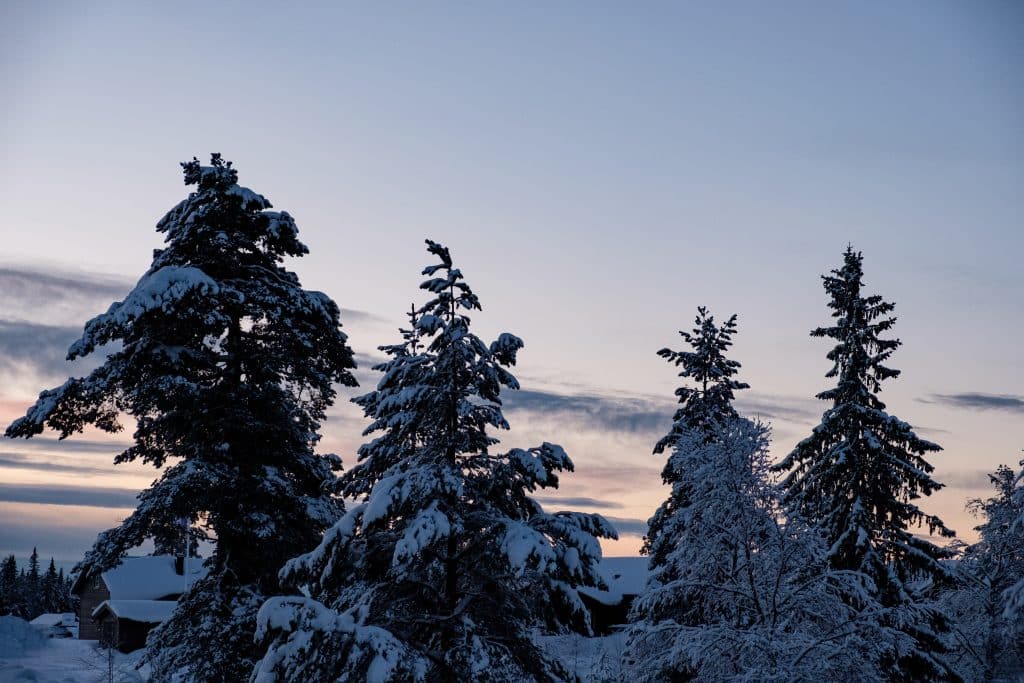
If you’re looking for a sturdy and hardy evergreen tree for your landscape, consider the Colorado Blue Spruce. This tree is popular due to its beautiful blue-green needles and symmetrical shape. It is adaptable to many types of soil and can thrive in colder climates. While it grows best in full sun, it can also tolerate partial shade.
And with an average growth rate of one foot per year, it’s not too slow or too fast for planning purposes. In addition, the Colorado Blue Spruce provides food and shelter for birds and small animals. Just be sure to give it plenty of room to grow, as mature trees can reach heights of 40-60 feet with a spread of 15-25 feet. All in all, the Colorado Blue Spruce is a fantastic choice for any outdoor space.
Green Mountain Boxwood
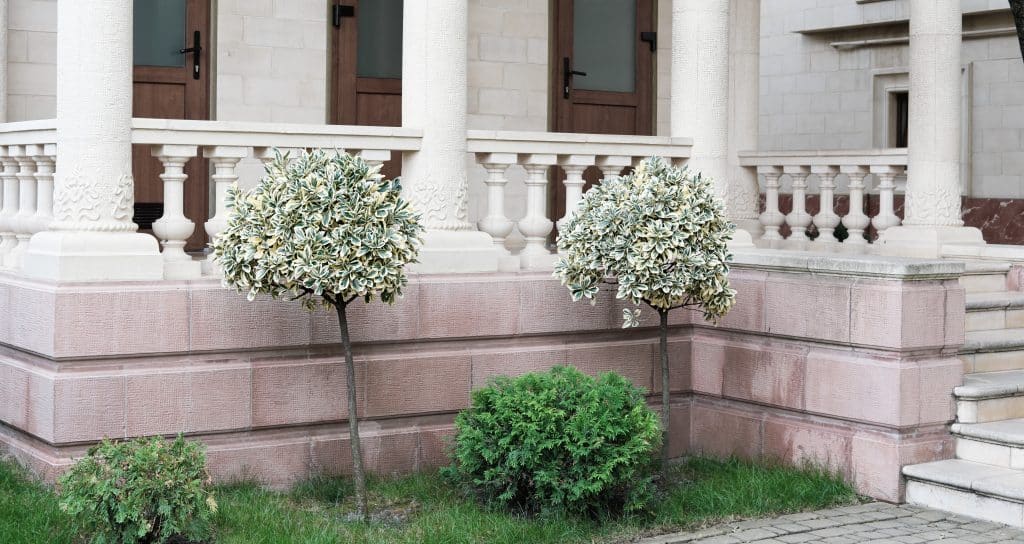
If you’re looking for a hardy and versatile shrub, look no further than Green Mountain boxwood. This lush beauty can reach up to 8 feet in height and has a narrow shape, making it the perfect choice for hedges and borders. In addition, it thrives in both sun and shade and is resistant to various diseases and pests.
Its dense foliage provides excellent privacy screening or wind protection for your garden. As a bonus, Green Mountain boxwood’s evergreen leaves provide year-round interest in the landscape. So if you’re searching for a dependable shrub to add structure to your garden, consider giving Green Mountain boxwood a try.
Golden Duke Eastern Hemlock
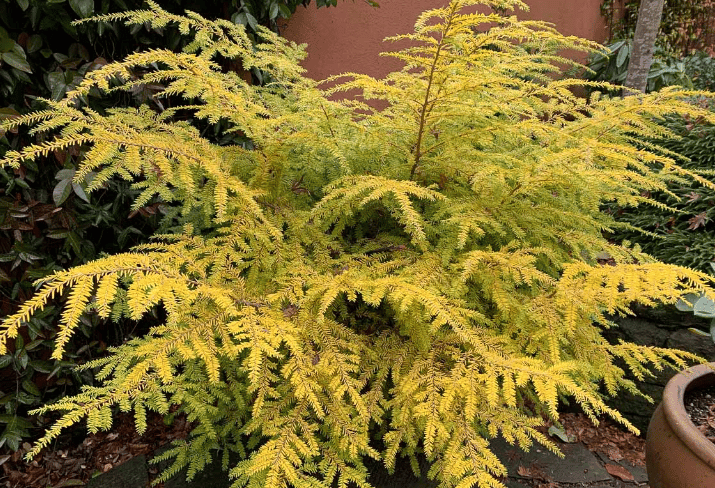
The Golden Duke Eastern Hemlock is a beautiful, slow-growing evergreen tree native to the eastern United States. It has a dense, conical growth habit and can reach a height of 30-40 feet. The Golden Duke’s name comes from its distinctive yellowish-gold needles, which are 2-4 inches long and arranged in flattened bundles of 5-9 needles each.
The Golden Duke is an excellent choice for use as a specimen tree or in groupings, and it makes an excellent windbreak or privacy screen. It prefers full sun to partial shade and moist, well-drained soil. Once established, it is tolerant of drought and will thrive in various soil conditions. In addition, the Golden Duke Eastern Hemlock is an easy tree to grow and maintain, making it a valuable addition to any landscape.
Japanese Yew
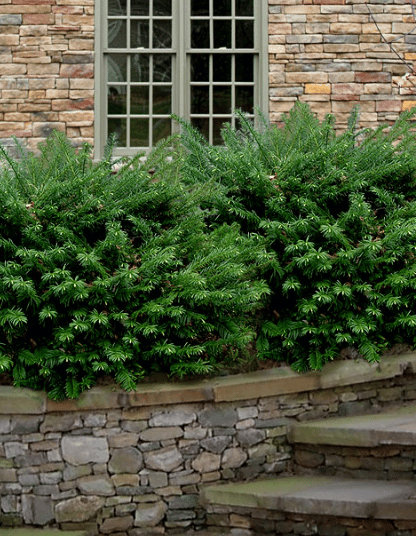
The Japanese Yew, also known as the Taxus cuspidata, is an evergreen shrub or small tree native to Japan, Korea, and China. It grows about 10-15 meters tall and has a trunk about 30 cm in diameter. The leaves are green on top and have a yellowish-brown hue on the bottom. The flowers are small and reddish-brown, and the fruit is a red berry with a single seed.
The Japanese Yew is a common ornamental plant in gardens and parks. The wood of the Japanese Yew is rugged and durable, making it ideal for use in furniture and construction. In some parts of Asia, the Japanese Yew is also used for medicinal purposes.
Cast Iron Plant
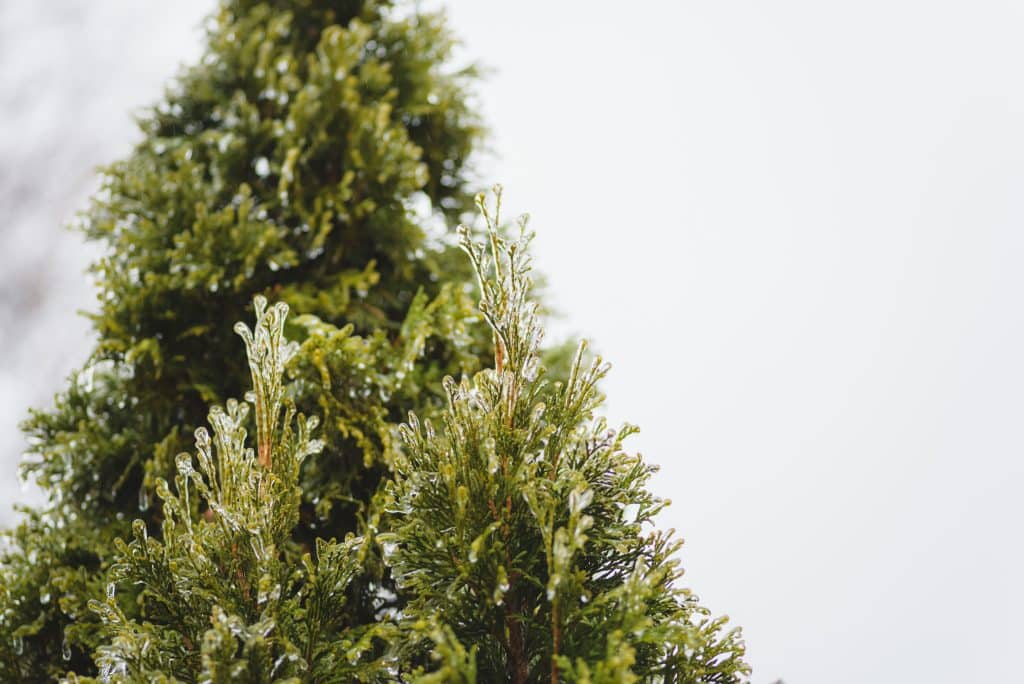
Anyone who has ever tried to grow plants knows that not all plant species are created equal. Some, like the cast iron plant, are virtually indestructible, while others require constant care and attention. The cast iron plant is a tough and resilient species that can thrive in various conditions. It is native to Japan and grows in shady areas such as forests and gardens.
The cast iron plant gets its name from its ability to withstand drought, cold temperatures, and even neglect. This plant is so tough that it was once a houseplant in England during the Victorian era. Today, the cast iron plant is still popular for gardeners who want a low-maintenance plant that can tolerate less-than-ideal growing conditions. So if you’re looking for a tough and resilient plant for your garden, the cast iron plant is worth considering.
Winter Gem Boxwood
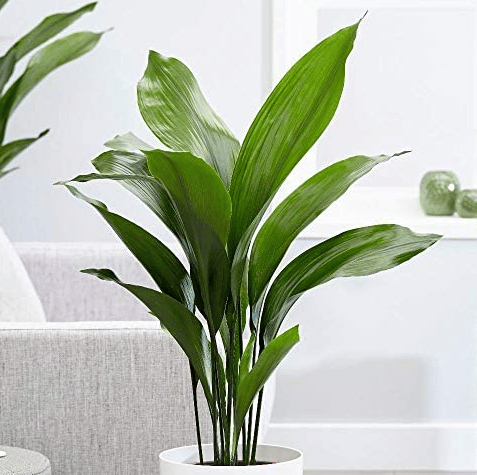
The Winter Gem Boxwood is a type of evergreen shrub popular for use in hedges and topiary. It is a relatively slow-growing plant but can reach up to 6 feet in height with proper care. The Winter Gem Boxwood is native to China and came to Europe in the early 1800s. It has dark green oval leaves and grows to about 2 inches long.
The plant produces small white flowers in the spring and dark berries in the fall. The Winter Gem Boxwood is tolerant of various conditions, including full sun, partial shade, and even full shade. However, protecting the plant from extreme cold is essential, as temperatures below 10 degrees Fahrenheit can damage it. With proper care, the Winter Gem Boxwood can provide years of beauty in the garden.
Brown’s Yew
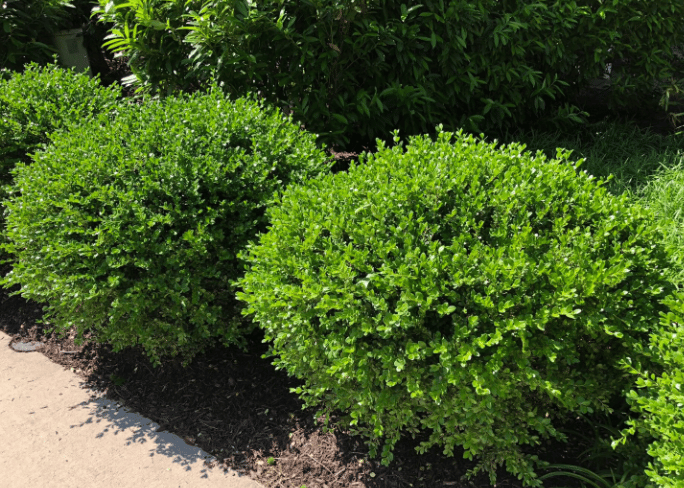
Brown’s yew is a species of yew that is native to North America. The tree typically grows to 30-40 feet and has a reddish-brown bark. The leaves are dark green and needle-like, and the branches are popular for decoration in Christmas wreaths and garlands. Brown’s yew is an evergreen tree, meaning it will keep its leaves all year round.
The tree is also known for its ability to tolerate various climates and soil types. This makes it an excellent choice for landscaping in areas that experience cold winters and hot summers. Brown’s yew is a low-maintenance tree that requires little care once established. For these reasons, Brown’s yew is an excellent choice for anyone looking for an attractive, low-maintenance tree for their landscape.
Ligustrum
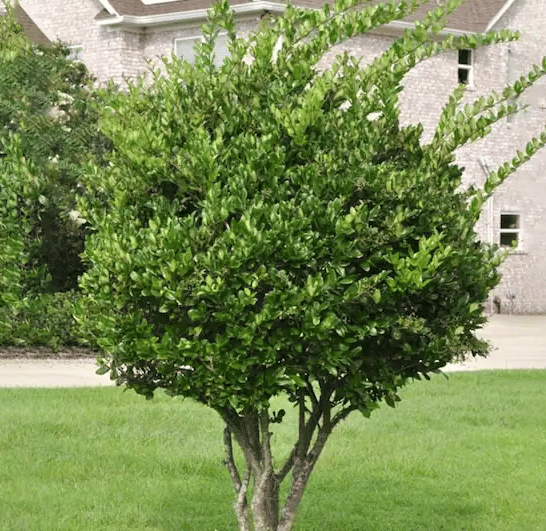
Ligustrum, also known as privet, is a fast-growing evergreen shrub often used as a hedge or privacy screen. It is a versatile plant that you can prune into various shapes and sizes, and it is relatively drought-tolerant once established.
Ligustrum is also tolerant of salt spray, making it a good choice for planting near the coast. However, ligustrum can become invasive if not kept in check, and it can be difficult to remove once established. For this reason, it is essential to research the plant before adding it to your landscape. Nevertheless, ligustrum can be a valuable addition to any garden when used responsibly.
Plant These Outdoor Plants This Winter!
Are you looking for tough and resilient plants that can thrive in a wide range of conditions? Then, look no further than the cast iron plant, Winter Gem Boxwood, Brown’s Yew, and Ligustrum! Whether you’re looking for a low-maintenance tree, hedge shrub, or evergreen shrub, these plants are the perfect options. So why wait? Plant one of these outdoor plants this winter and enjoy years of beauty and low-maintenance care!


